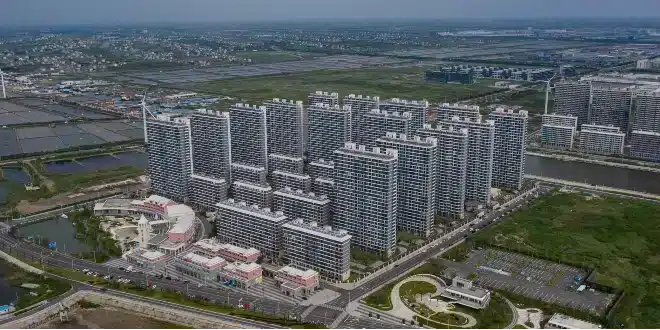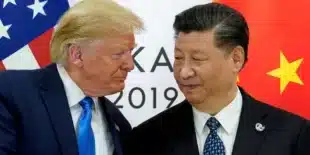Prices for new homes in China experienced their most significant decline in nearly a decade last month, indicating that Beijing’s ambitious real estate rescue efforts have not yet succeeded in stimulating demand.
Data from the National Bureau of Statistics (NBS) on Monday revealed that prices in 70 major cities fell by 0.7% in May compared to April. This represents the steepest month-on-month decline since October 2014, according to Reuters calculations.
Additionally, separate calculations by Macquarie Group showed that the prices of existing homes in these cities dropped by 7.5% year-on-year in May, marking the largest recorded decline.
A month prior, Beijing introduced extensive measures to address the property market crisis, including directing local governments to purchase unsold homes from struggling developers and relaxing purchase restrictions.
Analysts from Societe Generale noted on Monday that it is too soon for the housing rescue package to have a noticeable effect. They emphasized that initiatives such as offering low-cost loans to state-owned enterprises for acquiring unsold homes from distressed developers will require time to impact the property market.
However, other indicators in the real estate sector remain grim.
The NBS reported on Monday that property investment for the first five months of the year fell by 10.1% compared to the previous year. Additionally, new property sales decreased by 28% during the same period.
Contrastingly, other parts of the Chinese economy showed more positive signs, based on a separate set of key indicators released by the NBS on Monday.
Retail sales rose by 3.7% in May, an improvement from April’s 2.3% increase and exceeding market expectations. This growth was largely driven by substantial government trade-in programs for used cars and old home appliances, aimed at boosting domestic consumption, and the Labor Day “Golden Week” holiday from May 1 to May 5, which spurred consumer spending.
However, industrial output slowed, increasing by 5.6% in May compared to a 6.7% rise in April. Fixed asset investment also fell short of expectations.
China’s exports saw a 7.6% increase in May, the fastest pace since April 2023, according to customs data released earlier this month. However, imports did not meet expectations.
Macquarie analysts described the growth as “highly uneven,” with exports driving the economy while the property sector continued to be a drag.
The threat of deflation persists as domestic demand remains weak.
The consumer price index rose by just 0.3% in May, unchanged from April and slightly below expectations, as reported by the NBS last week. Producer prices fell by 1.4%, marking the 20th consecutive month of decline.
HSBC analysts noted on Monday that while China’s growth remains inconsistent, they expect additional policy support to help achieve this year’s GDP growth target of around 5%.
Attention is likely to shift towards the upcoming Third Plenum of the Communist Party next month, which is expected to highlight economic reforms for the coming years.


